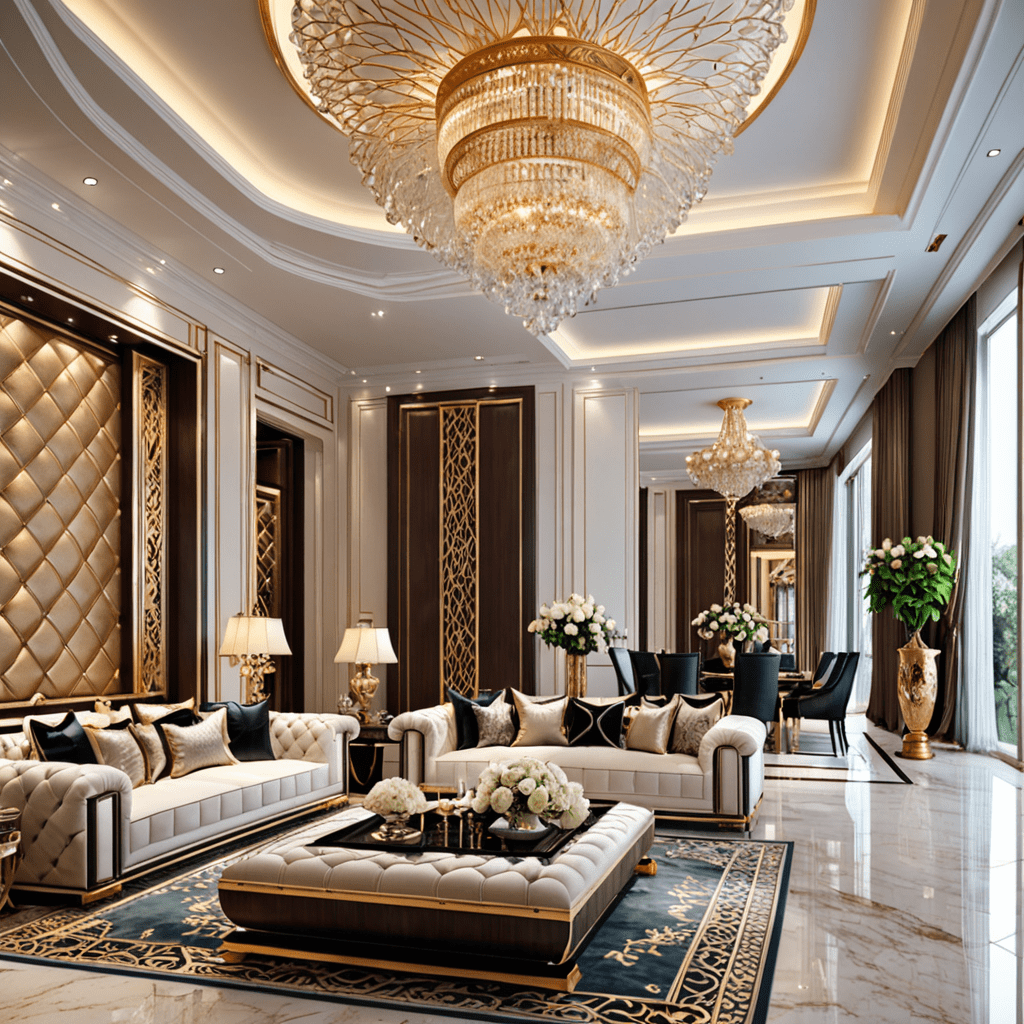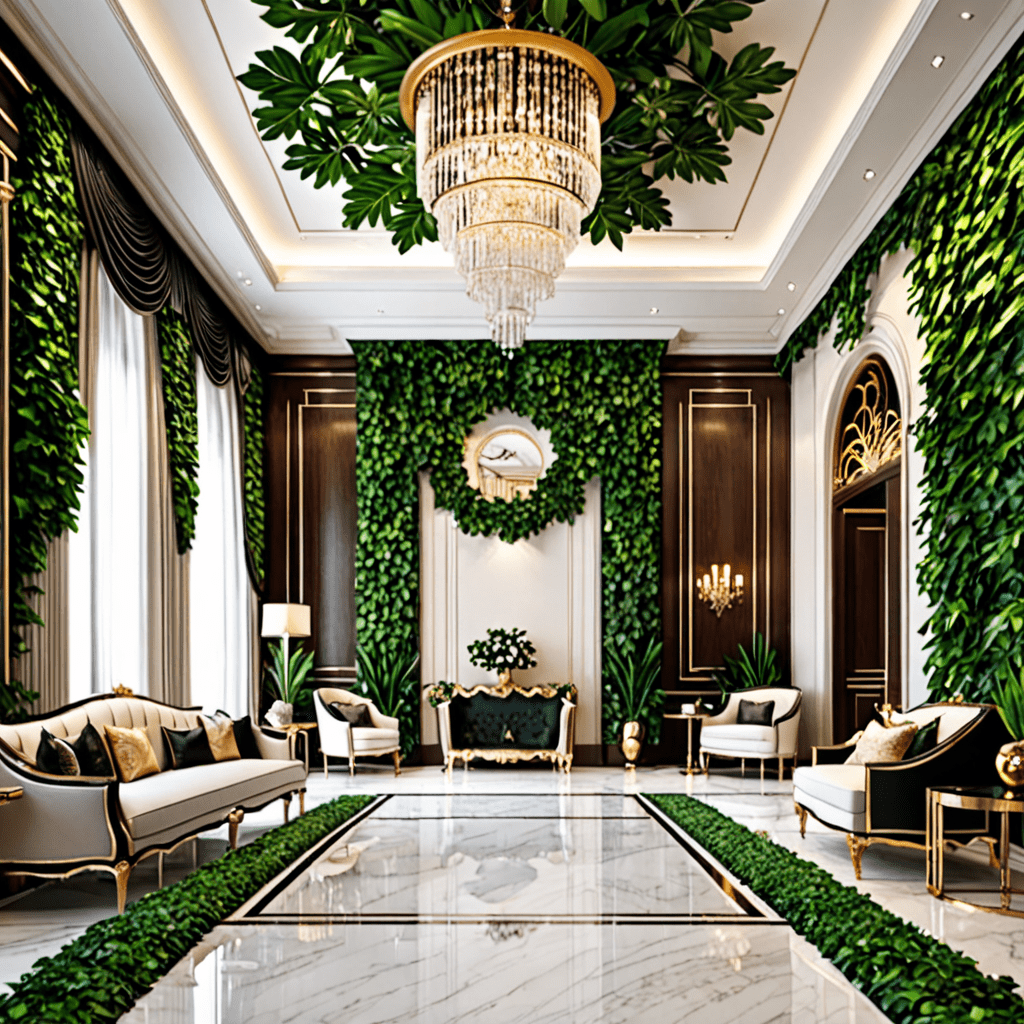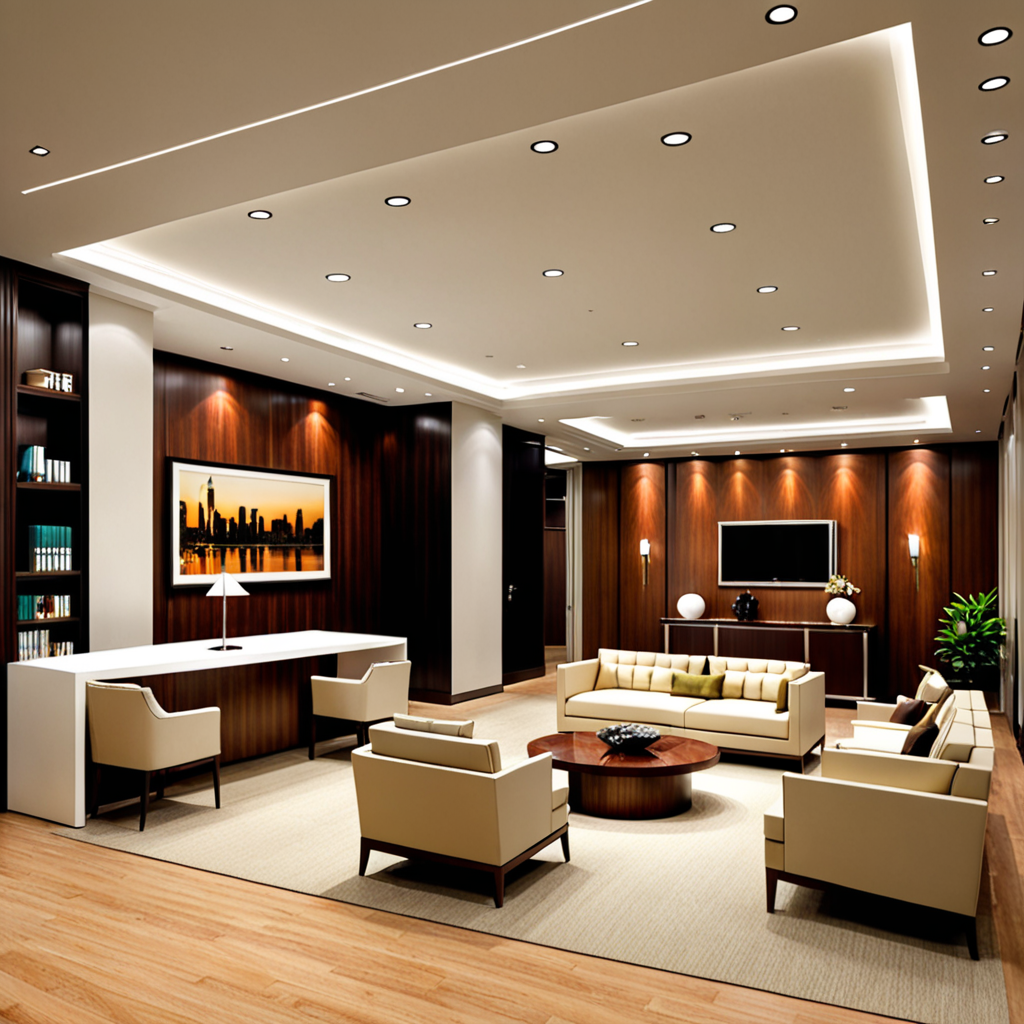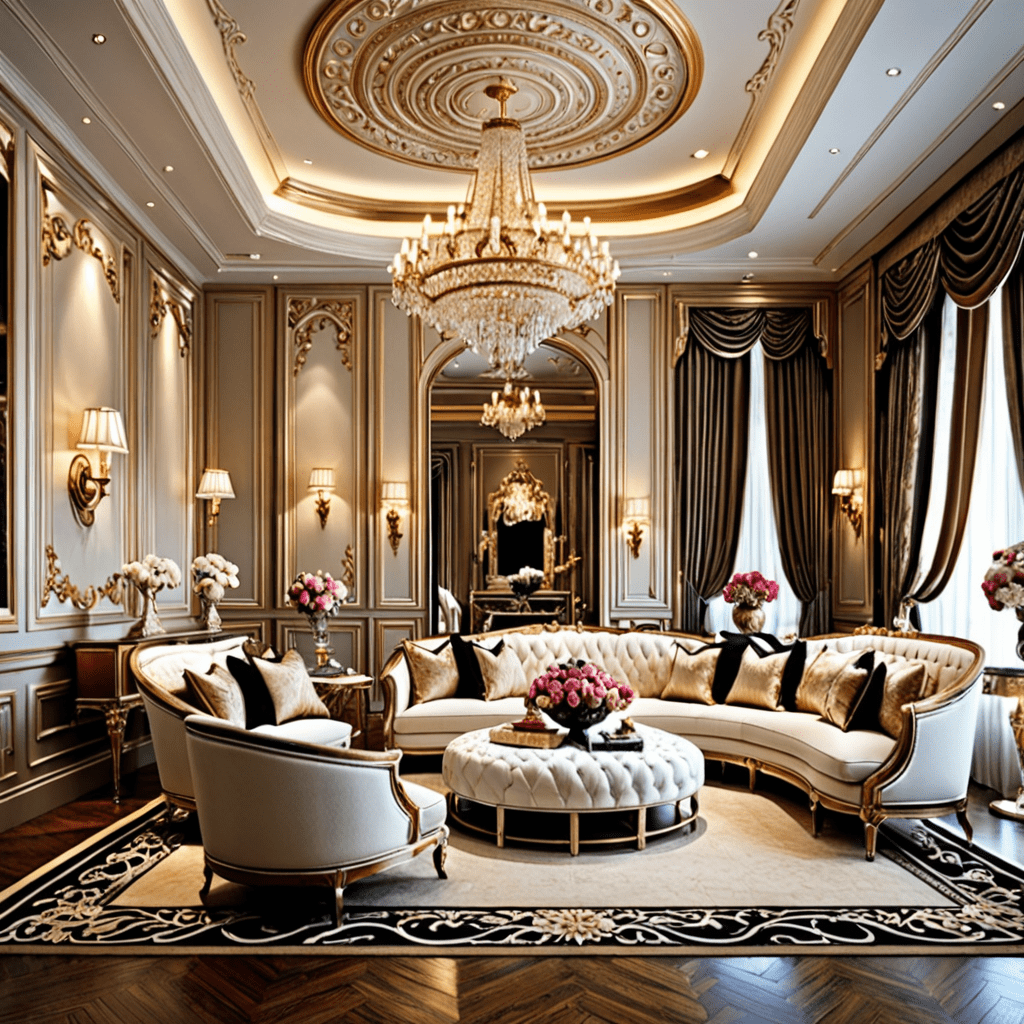Create a Balanced and Harmonious Interior with Design Scale Techniques


Create a Balanced and Harmonious Interior with Design Scale Techniques
Creating a well-designed interior involves several elements, such as color, texture, and furniture placement. One important aspect that often gets overlooked is the use of scale. Understanding and implementing design scale techniques can greatly enhance the aesthetics and functionality of any space. In this article, we will explore the concept of interior design scale and how to use it to create a balanced and harmonious interior.
Understanding Design Scale
Design scale refers to the relationship between objects within a space. It involves finding the right proportions and sizes of various elements to create a visually pleasing environment. Scale can be applied to both the overall space and the individual components within it.
Balancing Scale in Furniture Placement
When arranging furniture, it’s crucial to consider scale to achieve a harmonious layout. Here are some tips to keep in mind:
- Measure the room: Before buying furniture, measure the room’s dimensions to ensure that it will fit appropriately. Oversized or undersized furniture can disrupt the scale of the space.
Account for negative space: Leave enough space between furniture pieces to allow for easy movement and to avoid overcrowding. Negative space helps maintain a balanced scale.
Create focal points: Choose one or two key pieces of furniture to serve as focal points. These pieces should have a larger scale to draw attention and anchor the room.
Using Scale to Enhance Lighting
Proper lighting is crucial to any interior design scheme. Scale plays a vital role in how lighting fixtures integrate into the overall design. Consider the following tips:
- Scale light fixtures to the room: When selecting light fixtures, consider the scale of your room. In larger spaces, opt for larger fixtures that can fill the space appropriately. In smaller rooms, choose smaller fixtures that complement the compactness of the area.
Match fixture scale to furniture: If using light fixtures as part of a furniture grouping, make sure the size is proportional to the furniture’s scale. A small side table, for example, calls for a smaller table lamp.
Incorporating Scale with Colors and Patterns
Colors and patterns contribute to the overall visual impact of a space. Scale can be used effectively to create balance and harmony:
- Select appropriate patterns: Consider the scale of patterns when choosing textiles such as curtains, rugs, and upholstery. Large patterns can overwhelm smaller spaces, while tiny patterns may get lost in larger rooms.
Play with color scale: Utilize color scale to create depth and dimension within a space. Gradating colors from light to dark can help establish a sense of balance and visual interest.
Achieving Visual Balance with Accessories and Decor
Accessories and decor provide the finishing touches to any interior. Incorporating them into your design requires attention to scale:
- Group similar-sized objects: When styling shelves or tabletops, group objects with similar scale together. This technique creates a sense of cohesiveness and avoids a cluttered look.
Add varying heights: Varying the height of accessories adds visual interest and dimension to a space. Taller items can be placed towards the back, while shorter objects can be in front.
The Importance of Balance and Proportion in Scale
Balance and proportion are key aspects of using scale effectively in interior design. By considering these principles, you can achieve an inviting and well-designed space. Here are some factors to remember:
- Symmetry vs. asymmetry: Symmetrical arrangements feature equal visual weight on both sides, while asymmetrical designs balance different elements of varying weights. Decide which approach suits your design aesthetic.
Proportional relationships: Maintain proportional relationships between objects and the overall space. Have a clear understanding of how each item relates to its surroundings.
Frequently Asked Questions
Q: Can I mix different scales in one room?
A: Yes, you can mix different scales in one room. However, it’s essential to maintain balance and ensure that the chosen elements complement each other.
Q: How do I determine the right scale for my furniture?
A: To determine the right scale for your furniture, consider the size of your room, the other furniture pieces present, and the overall style you want to achieve. It is also helpful to create a floor plan before making any purchases.
Q: How can I create an illusion of a larger space using scale?
A: To create an illusion of a larger space, choose furniture and accessories with lighter colors, incorporate mirrors to reflect light and visually expand the space, and keep furniture proportions in line with the room’s dimensions.
Q: Can I apply design scale techniques to outdoor spaces?
A: Yes, design scale techniques can be applied to outdoor spaces as well. Consider the size of your patio or garden, choose appropriately scaled furniture, and balance it with the natural elements surrounding the area.
By incorporating design scale techniques into your interior design, you can create a balanced and harmonious space. Paying attention to scale in furniture placement, lighting, colors and patterns, accessories, and overall proportion allows you to achieve a visually pleasing and functional environment. Start experimenting with scale in your next design project and experience the transformation it can bring.




